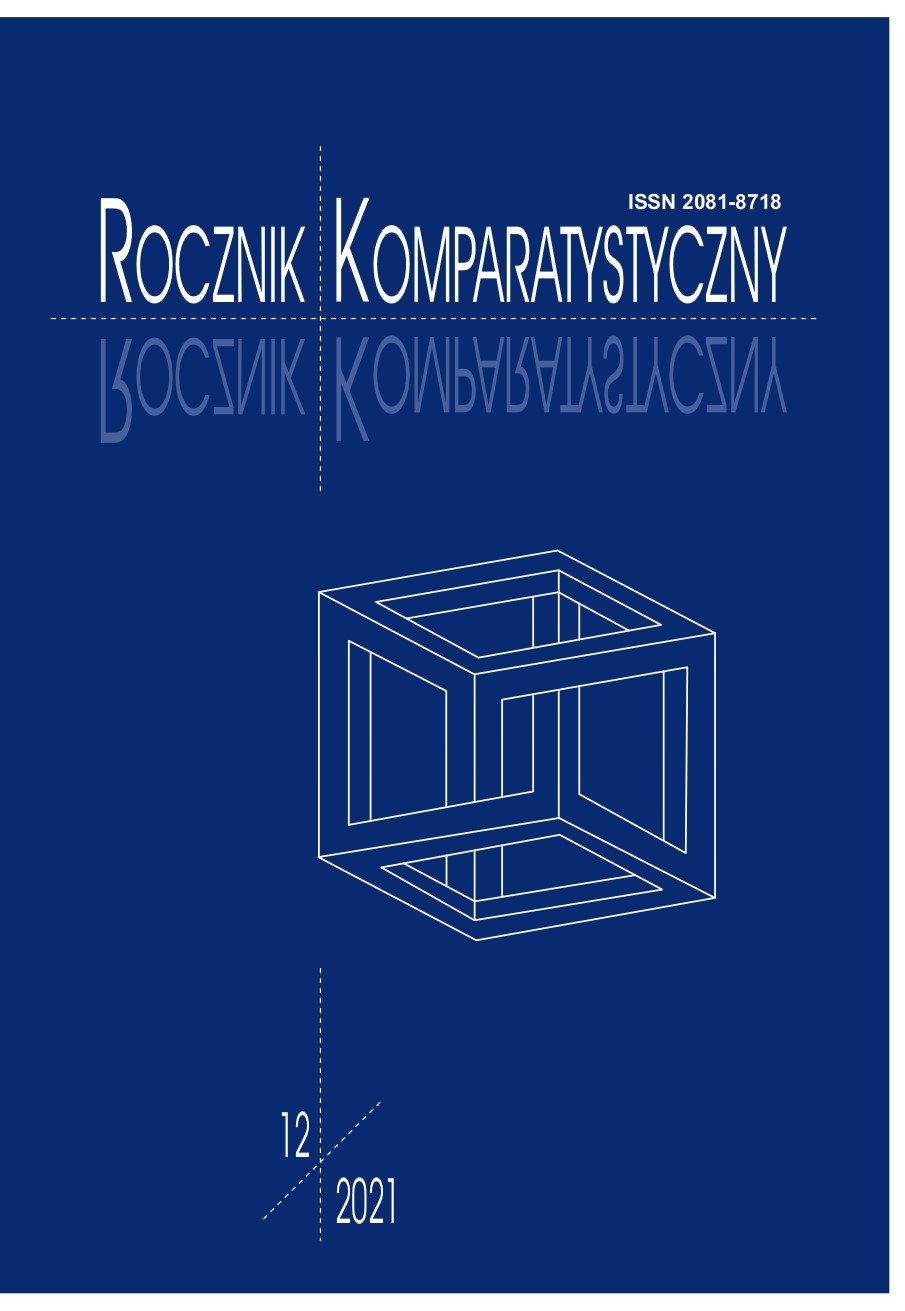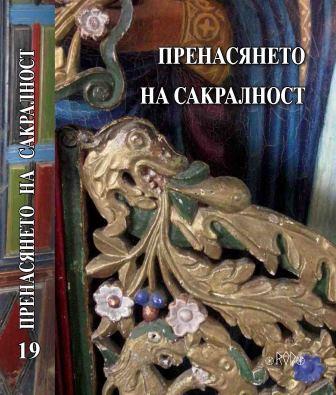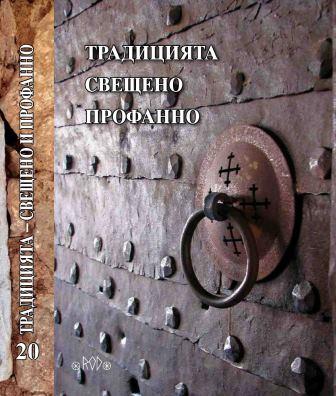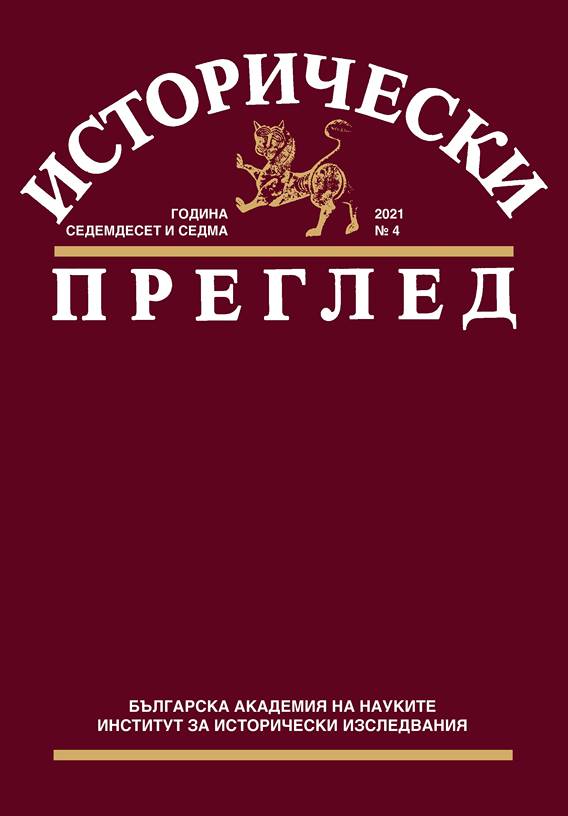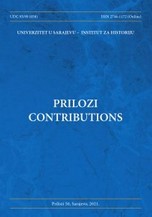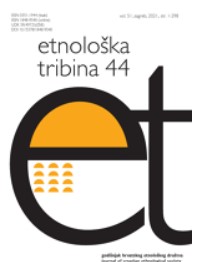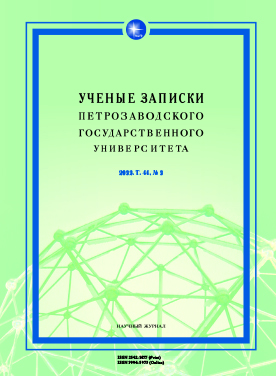
НЕМЕЦКИЙ ШПИОНАЖ И БОРЬБА С НИМ В ВЕЛИКОМ КНЯЖЕСТВЕ ФИНЛЯНДСКОМ (по документам военной контрразведки)
The article addresses some aspects of the organization of German espionage in the Grand Duchy of Finland (1915–1916). The author substantiates the hypothesis about the insignificant role of Sweden in Germany’s intelligence plans. The use of unpublished documents from Russian archives enables to further detail and develop the ideas about German-Swedish espionage that already exist in Finnish and Russian historiography. It is concluded that there were a number of factors that hindered the effectiveness of the Northern Front counterintelligence struggle against German agents in Finland. The most serious obstacles included the forced reorganization of the Finnish police (its renewal with radical national cadres), the lack of real intelligence capabilities of the counterintelligence of the 6th Army, the use of most secret officers of the counterintelligence department in the Finnish region for other purposes (to track revolutionary sentiments in the Baltic Fleet). The analysis of these factors led to the conclusion that the military and political special services were unable to foresee and prevent the difficulties that had arisen in the fight against a more experienced and pragmatic enemy, and to inflict an adequate counterstrike.
More...
